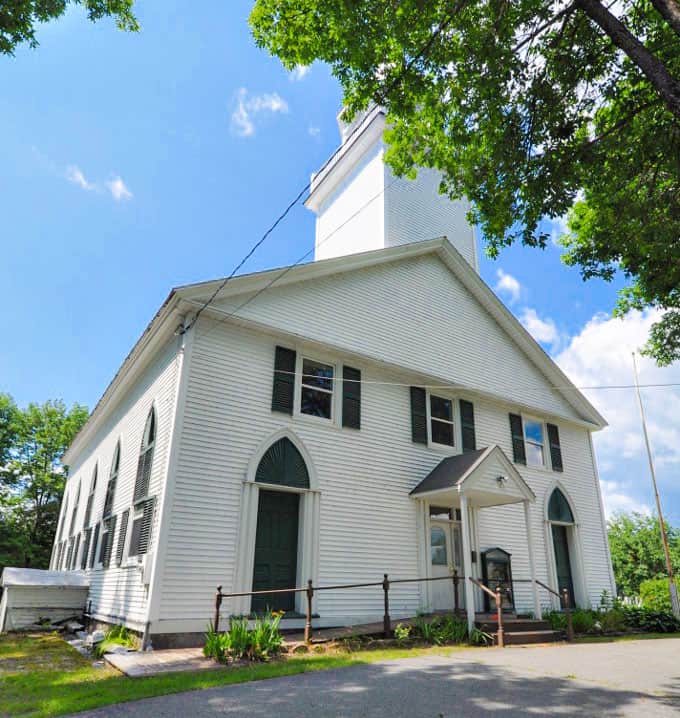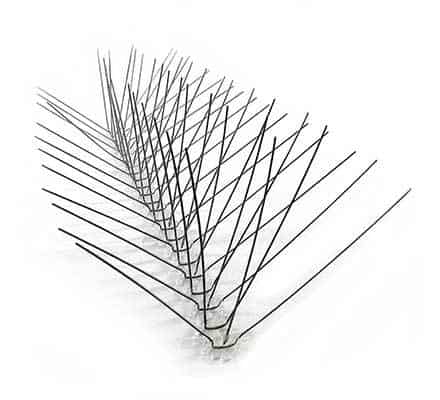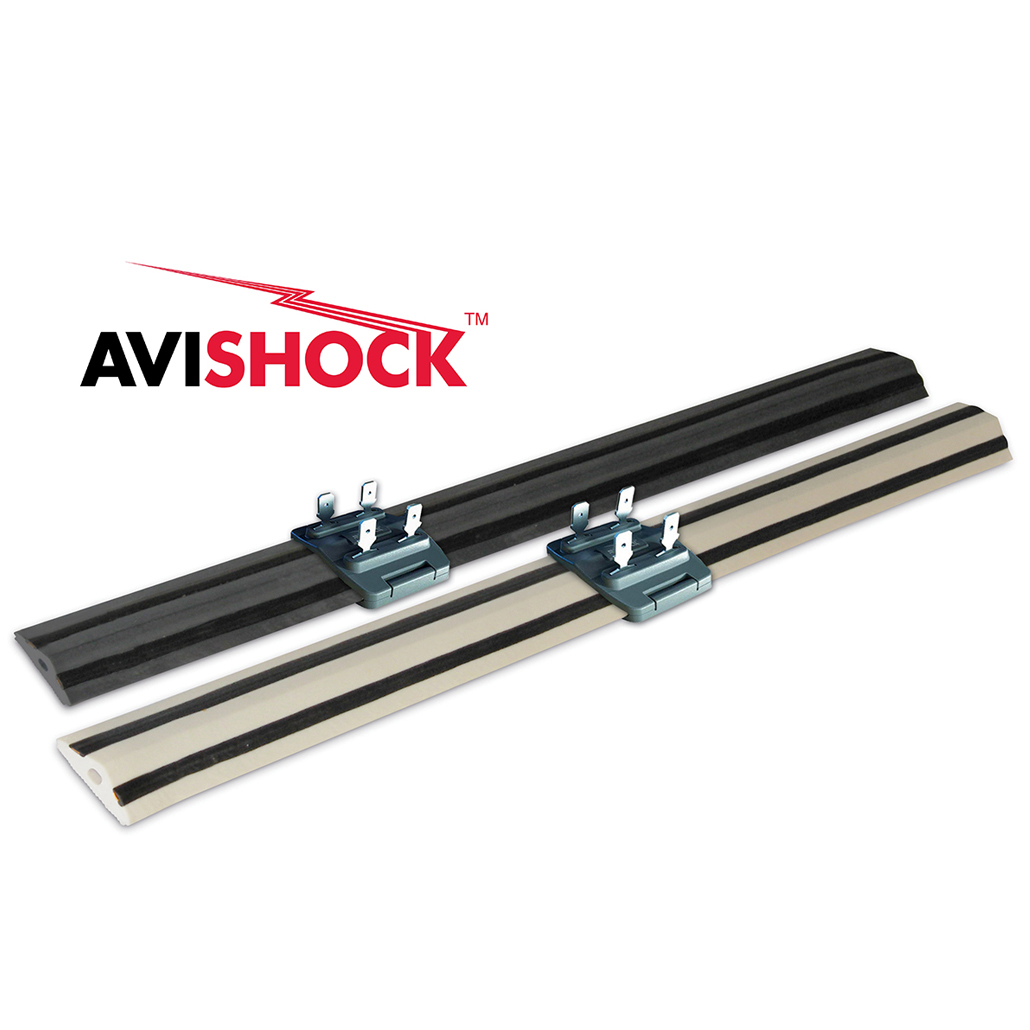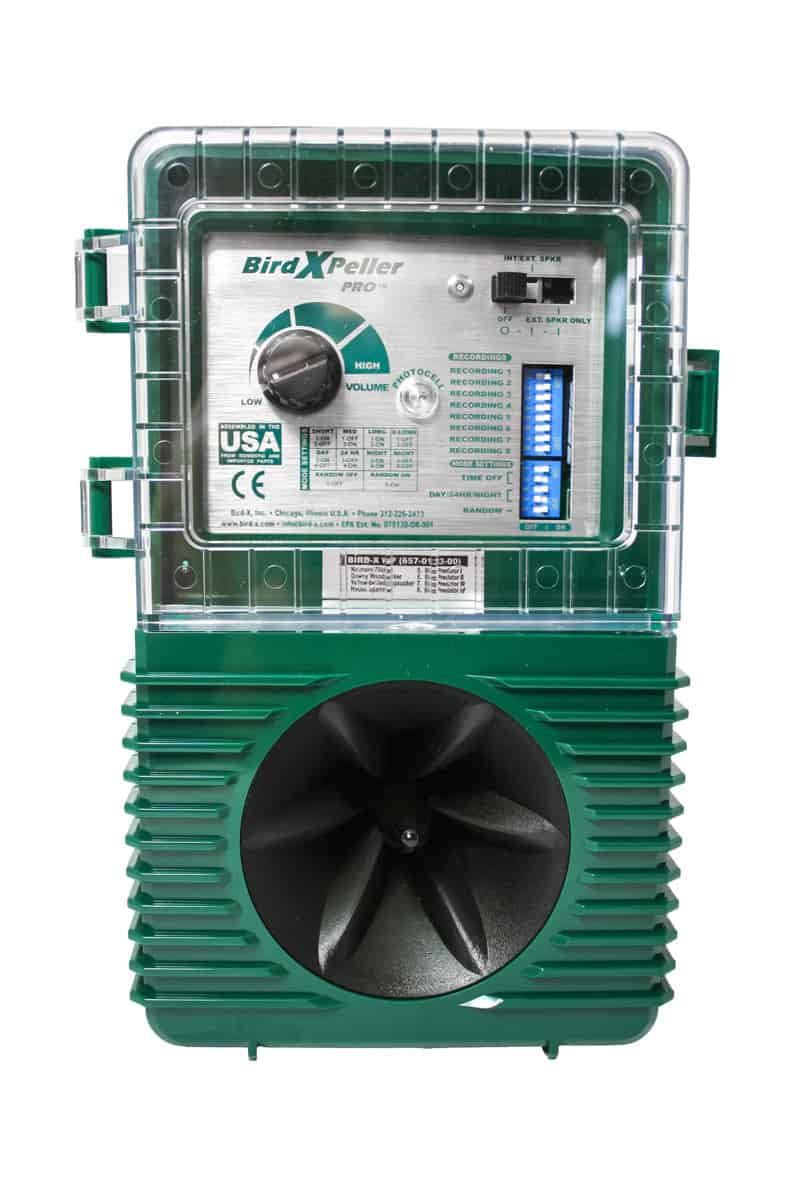Pigeon droppings cost historic church $48,000
The historic Solon Congregational Church in Solon, Maine had to replace its steeple because of its continuous pigeon problem. The church is one of the town’s historic landmarks and is considered an important site to not only the parishioners but also the residents of Solon.
“In addition to being the largest building in town, it hosts nearly every wedding and burial,” he said. It holds music concerts and other events. It served as a place to pray and reflect after Sept. 11 and World War I and II.”
The Morning Sentinel
So in a town of only 1,053 according to the 2010 census, finding out the steeple of one of their proudest historic landmarks was decayed beyond repair was “devastating” for many. What caused this kind of decay and erosion? The answer is persistent leaking and pigeon droppings.
The combination of water and dried, built-up pigeon fecal matter is dangerous. Birds carry over sixty diseases transmitted through fecal matter, making bird droppings not only a health hazard for humans but also detrimental to surfaces. Eroding steel, metal, and—in this case—a 173-year-old steeple of the town’s beloved church.
Solon residents care about their historic church, and many donated money to replace the steeple. One congregation member even went door-to-door to get the funds for the project.
“We’re kind of the little church that could,” the Rev. Nathan Richards said. With between 30 and 40 congregation members, they raised $48,000 for the work mainly through small donations.
The Morning Sentinel
How to Prevent Future Damage
Replacing the steeple was necessary, but how is the church going to defend itself against another pigeon attack? Several different pigeon deterrents are available to help defend the church. Here are the preventative measures that can be taken to keep pesky pigeons away from buildings.
Bird Spikes
In this case, bird spikes were chosen as the first line of defense. One of the biggest reasons why pigeons were attracted to the steeple was all internal ledges and beams that were perfect for roosting and nesting. Using spikes blocks off the pigeons’ ability to land on these surfaces making it a tried-and-true method for buildings worldwide.
Shock Track
For buildings where aesthetics are a concern, such as historic buildings, shock track is a good alternative to spikes. Shock track is low-profile and virtually invisible from the ground looking up. It works the same way electric fences work to manage livestock. If a bird lands on the track, it is shocked with a harmless amount of electricity that is just enough to scare and deter the bird from landing there. In turn, they seek more comfortable places to land and learn instinctively not to return to the treated area.
BirdXPeller Pro
Finally, for extra pigeon pressure, install a BirdXPeller Pro (version 1) facing the problem area. The BirdXPeller Pro is a sonic deterrent, meaning it broadcasts naturally recorded pigeon distress and alarm cries combined with menacing predator calls to “warn” the birds that the area is unsafe. The pest pigeons will instinctively adhere to these “warnings” and seek a more welcoming place to roost and leave the treated area.
Recommended Solutions
Shop Bird Spikes
Shop Shock Track
Shop BirdXPeller Pro





 Image courtesy of user
Image courtesy of user 
Leave a Reply
Want to join the discussion?Feel free to contribute!